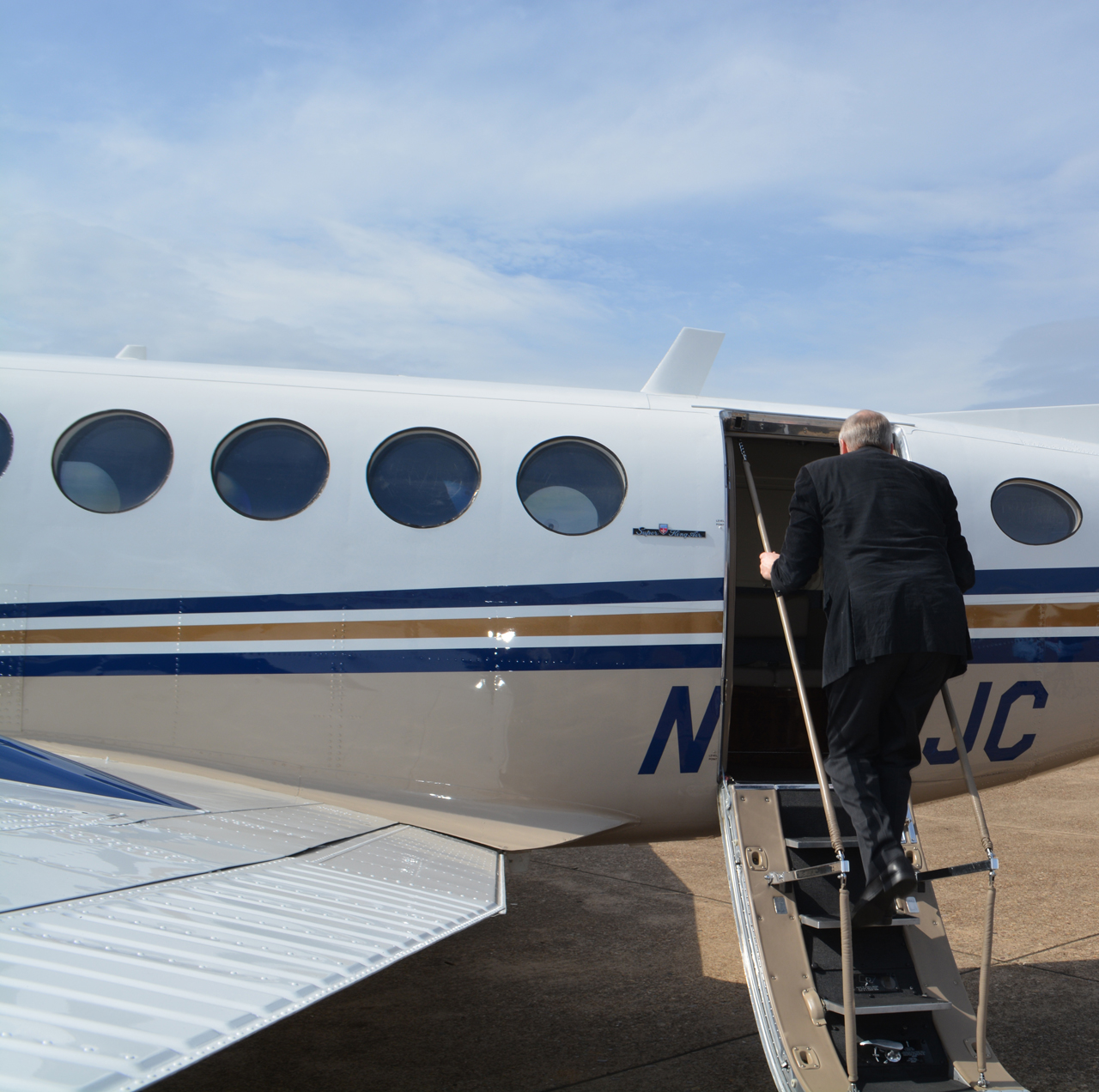If you work for a flight department that operates one to three aircraft, you’re likely faced with resource constraints that—depending on how you manage them—can “make or break” your operating success.
Ninety-percent of all NBAA member companies operated three or less aircraft. Knowing that a lack of resources is such an important issue to a growing number of operators, NBAA’s Small Flight Department Subcommittee recently took upon itself a study to identify and assess precisely these challenges.
After analyzing input from nearly 200 operators representing 376 aircraft, the subcommittee aggregated frequently mentioned concerns that operators cited, and categorized them into these four topics:
- Budgeting
- Communicating with corporate (or the aircraft owner)
- Human resources
- Compliance
Dave Keys, chair of the Domestic Operations subcommittee and chief pilot at a small flight department, said the Subcommittee’s findings really honed in flight department operators’ needs.
About their findings, Keys said: “Our hope is that through the study, and focusing on the results of the study, we’re going to bring real tools to small flight department operators to help them operate better and safer.”
NBAA BACE Panel Address Resource Constraints
As an aircraft operator, just how do you make a big impact with little-to-no business-related resources at your fingertips?
Have no fear, because a panel of business aviation leaders, armed with the study’s results, will share helpful tips to address the top four challenges in an upcoming educational session called “The Changing Face of Small Flight Departments.”
If you’re attending NBAA’s Business Aviation Convention & Exhibition in Orlando, I encourage you to attend the panel at 10:30 a.m. on Nov. 1.
Dave Keys, whom I mentioned above, will moderate the discussion and, along with myself, other presenters/panelists will include Dave Weil, from Flight Department Solutions; Al Mann, from Wheels Up; Dennis Fox, from Executive Jet Management; and Chris Nielsen, from the Avalon Capital Group.
I’m excited about the content for the discussion. Along with sharing helpful hints and useful tips that audience members can start using IMMEDIATELY upon return to their office, other topics of focus will include how to communicate better with corporate and:
- Get the budget and headcount that you really need
- Make the most impactful in-person presentations (with and without PowerPoint)
- Write a memo that your boss will actually read
More About the Flight Department Survey
Drilling down into the NBAA’s survey findings a bit, I do want to mention that, when nearly 200 operators were polled, 20 percent said their largest obstacle—one they believed would be more easily handled in a larger department—was related to staffing.
“It’s hard to find qualified people, maintain the top performers, find the money to compensate people appropriately, cover training costs and find time to schedule training,” noted NBAA subcommittee member Karen Henriques. She added that much of the difficulty ties back into budgeting.
Also notable, when asked about the single biggest challenge facing their small flight departments in 2016, nearly a quarter of respondents identified “budgeting issues.” Henriques further commented, “So many responses from those surveyed were related to getting help creating budgets for their departments, working with their owners on budgets, justifying expenses, planning ahead and managing their maintenance costs versus their staff costs.”
Earlier this year, armed with the knowledge of these operational challenges long before the NBAA survey got underway, Gray Stone Advisors launched two dynamic new programs, Crew Count™and Budget Builder™. With these programs, our readers can utilize powerful tools to help resource-constrained flight department managers’ address two of their top challenges.
Regardless of the type of aircraft you operate or your fleet size, we’re all facing some very unique challenges, and these are just two of many tools Gray Stone offers to make your job more manageable, especially if you have constrained resources.
So, in closing, if you are planning to attend the Nov. 1st session, please stop by and say hello, or introduce yourself if we haven’t met before. And if you’re unable to attend, check out this two-page “cheat sheet” download, detailing some of these helpful hints.
